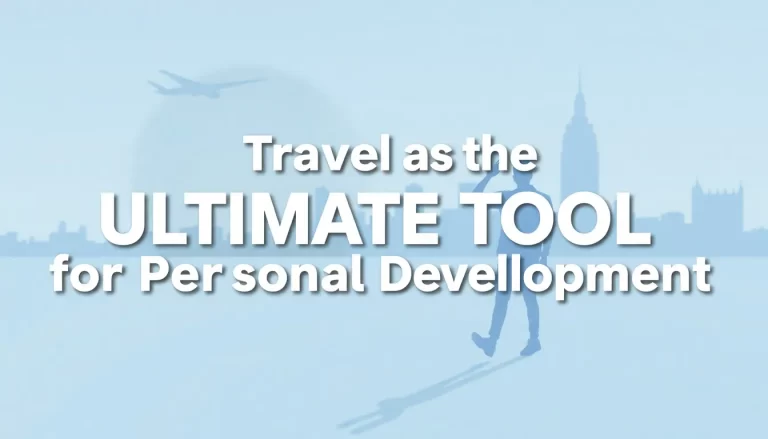Imagine embarking on an adventure, only to realize that your passport is missing. It’s a nightmare for any traveler. However, knowing how to navigate this situation can turn a potential disaster into a manageable hurdle. This guide will help you understand the steps to take when you lose your passport, whether at home or abroad, ensuring that you can continue your journey with minimal disruption.
What to do when you lose your passport
Losing your passport can feel overwhelming, but it’s essential to stay calm. The first thing to remember is that getting a replacement is a structured process. Here’s a step-by-step guide to help you through it:
- Stay calm and assess the situation. Check all your belongings thoroughly. Sometimes it might just be misplaced.
- Report the loss. If you are at an airport or public place, notify the authorities or security personnel immediately.
- File a police report. This step is crucial, especially if you suspect theft. A police report will be required for a replacement passport.
- Gather documentation. You will need identification, travel itineraries, and possibly a passport photo for the application.
- Visit the embassy or consulate. Depending on your location, find the nearest embassy or consulate and bring your documents.
- Complete necessary forms. Fill out the required forms for a lost passport, typically the DS-64 and DS-11 for U.S. citizens.
- Pay the fee. Be prepared to pay a fee for the replacement, which varies by country.
- Wait for processing. Depending on the embassy’s workload, you may receive a temporary passport the same day or a few days later.
What to do when you lose your passport abroad
When you lose your passport in a foreign country, the steps are similar but may require additional considerations. Here’s what to do:
- Contact your embassy or consulate. They can provide immediate assistance and guidance.
- Provide proof of citizenship. This might include a copy of your lost passport or other identification.
- Stay informed about local laws. Different countries have varying procedures for passport replacement. Ensure you understand the local requirements.
- Consider travel insurance. If you have travel insurance, notify your provider as they may assist with the costs associated with replacing your passport.
- Stay in touch with family and friends. Keeping loved ones informed can provide emotional support during this stressful time.
How to replace a lost passport quickly
If you find yourself in a time crunch, here are some tips to expedite the process:
- Make an appointment. Some embassies allow you to book appointments for urgent cases; this can save you time.
- Prepare your documents beforehand. Having everything ready will streamline your visit to the embassy.
- Request expedited service. If you need to travel soon, ask if there’s an expedited processing option available.
- Check for temporary passports. These are often issued more quickly and can be used to return home, though they may not be valid for further travel.
Common questions about losing your passport
Many travelers have similar concerns when it comes to losing their passports. Here are some frequently asked questions:
- What documents do I need to replace a lost passport? Generally, you’ll need a police report, proof of citizenship, identification, passport photos, and travel itineraries.
- How much does it cost to replace a lost passport? Fees vary by country, but in the U.S., it typically costs around $120 for a replacement.
- How long does it take to replace a lost passport? Processing times can range from a few hours for emergency passports to several weeks for standard replacements.
- What if I lose my passport before an international flight? If you have imminent travel plans, inform the embassy immediately, as they may prioritize your case.
What happens if you lose your passport in another country?
When a passport is lost in a foreign country, it can complicate travel plans significantly. However, knowing the right steps can help mitigate the impact:
- Stay calm and report the loss. Approach local authorities first to report the loss. This can also help protect against identity theft.
- Visit your embassy. They can issue a temporary passport to facilitate your return home.
- Keep copies of your documents. Always travel with photocopies of your passport, which can help speed up the replacement process.
- Be mindful of local regulations. Some countries might have additional requirements for lost passports, like fines or specific paperwork.
Traveling with a lost passport: What are the risks?
Attempting to travel with a lost passport, even if you have a police report, can lead to significant complications:
- Risk of denial at borders. Many countries require a valid passport for entry, and a temporary passport may not suffice.
- Legal repercussions. Traveling without proper documentation can lead to fines or even being barred from entry.
- Complications during security checks. Airports have strict security protocols, and a lack of valid identification can raise red flags.
How to prevent losing your passport
While losing a passport can happen to anyone, there are several preventative measures you can take to minimize the risk:
- Use a passport cover. This can help protect against wear and tear and make your passport more visible.
- Keep it in a secure location. Use a travel wallet or a money belt to keep your passport safe and easily accessible.
- Take pictures of your passport. Storing a digital copy can be invaluable if the physical document goes missing.
- Set reminders. Before leaving any location, double-check that you have your passport and other important items.
What to do if you lose your passport card
For those who possess a passport card, losing it can be just as concerning. The steps to replace it are largely similar:
- Report the loss. Notify the authorities to protect against potential misuse.
- Complete the necessary forms. This will usually involve filling out a form specifically for lost passport cards.
- Pay the replacement fee. This may differ from the passport replacement fee.
- Request a new card through the proper channels. This can often be done online or via mail.
Traveling with a temporary passport
If you must travel with a temporary passport, be aware of the following:
- Limited validity. Temporary passports often have a shorter validity period, usually up to a year.
- Restrictions on travel. Not all countries accept temporary passports for entry, so check in advance.
- Proof of upcoming travel. Be prepared to show evidence of your travel plans and intentions to leave the country to immigration officials.
While losing your passport is undoubtedly stressful, understanding the procedures and preparing in advance can make a significant difference in navigating the situation. By staying informed and organized, you can turn a potential travel disaster into just a minor inconvenience.







